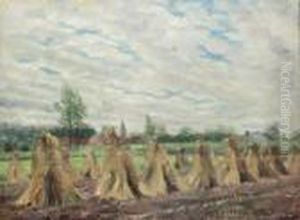Guillaume Van Strydonck Paintings
Guillaume Van Strydonck was a Belgian painter known for his landscape and genre scenes. He was born on October 4, 1861, in Ixelles, Belgium. Van Strydonck studied at the Royal Academy of Fine Arts in Brussels, where he was influenced by the works of the French Barbizon school and the Realist movement. His early works often depicted the rural life and landscapes of Belgium, which he captured with a sensitivity to light and atmosphere.
During his career, Van Strydonck traveled extensively, which further diversified his artistic repertoire. He visited countries such as France, Italy, and Spain, where he was inspired by the local scenery and way of life. His travels also brought him into contact with other artists and styles, which he incorporated into his own work.
Van Strydonck's paintings are characterized by a harmonious composition and a delicate palette that often reflected the changing effects of light on the landscape. He was skilled at using color to create mood and atmosphere, and his brushwork ranged from smooth and detailed to loose and impressionistic, depending on the subject matter.
Despite being well-known for his landscapes, Van Strydonck also painted portraits and still lifes. He exhibited his work in various salons and galleries throughout Europe, where he gained recognition and critical acclaim. His paintings can be found in numerous private and public collections, including museums in Belgium.
Guillaume Van Strydonck's contribution to Belgian art was significant in that he helped to bridge the gap between traditional and modern painting techniques. His work reflects a transitional period in art history, where the influence of Impressionism and Realism began to blend with the emerging styles of the early 20th century.
Van Strydonck continued to paint until his later years, remaining active in the art community. He passed away on December 10, 1937, in Schaerbeek, Belgium, leaving behind a legacy of work that continues to be appreciated for its beauty and historical value.




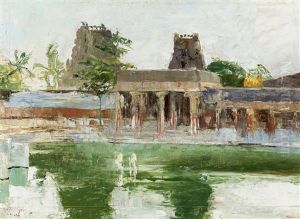

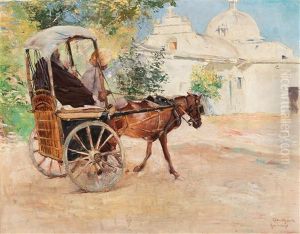









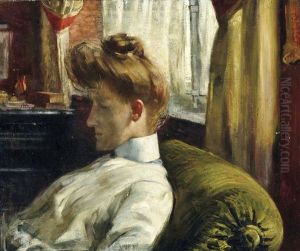
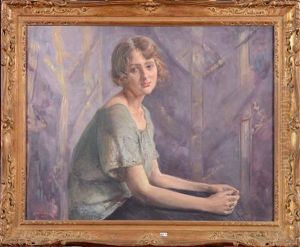

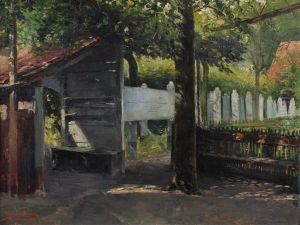




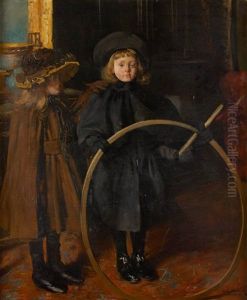



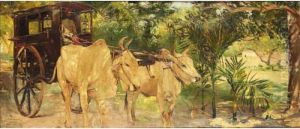



![[ Ferme A Weert]](https://www.niceartgallery.com/imgs/1667319/s/guillaume-van-strydonck-ferme-a-weert-472de846.jpg)













